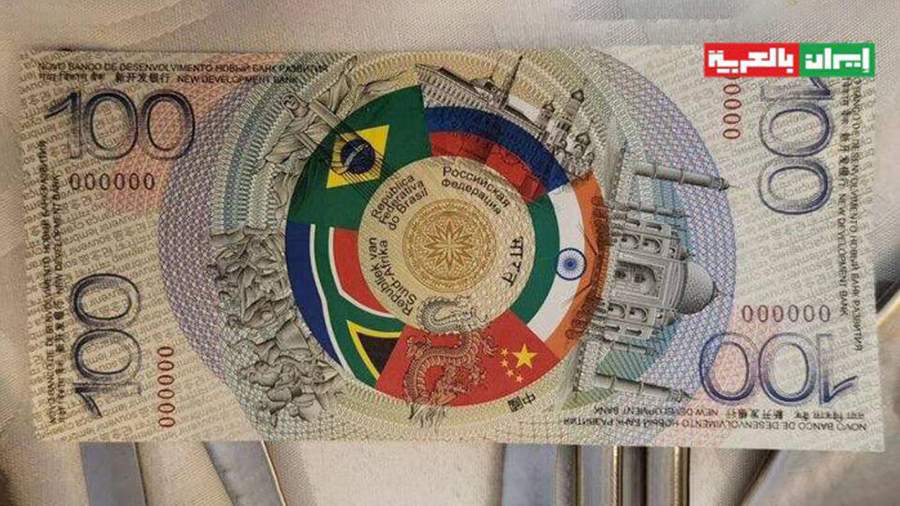
BRICS Plus has one third of Global GDP by PPP
By Rhod Mackenzie
The expansion of BRICS to include five new countries will come into force on January 1. This will lead to their total GDP at purchasing power parity exceeding a third of the world's. Additionally, proven oil reserves will increase several times.
During the BRICS summit in South Africa in August of last year, President Cyril Ramaphosa announced that the organization had extended invitations to Argentina, Egypt, Ethiopia, Iran, Saudi Arabia, and the UAE to become full members. However, Argentina declined the invitation. The new members are expected to fully participate in the organization starting on January 1, 2024. Deputy Head of the Russian Foreign Ministry, Sergei Ryabkov, stated after the Johannesburg summit that any state wishing to join BRICS should refrain from imposing sanctions on other member countries.
Analysts estimate that the new BRICS will account for over a third of global GDP at purchasing power parity, specifically 36%, up from the previous 32%. According to RIA Novosti calculations, the total GDP volume at purchasing power parity increased from 52.318 trillion dollars to 58.919 trillion dollars after the admission of new countries.
Simultaneously, the total population of the association will increase by 10% upon admission of new members. It is worth noting that China and India, the two most populous countries in the world, are already part of BRICS. Among the five new participating countries, two have populations exceeding 100 million (Egypt and Ethiopia).
This would bring the total population of the ten countries to about 3.6 billion people, which is almost half the global total.
The oil reserves of member countries of the organization are expected to increase significantly. The original BRICS countries have approximately 150 billion barrels of oil reserves, while Saudi Arabia, the country with the largest oil reserves in the world, has an estimated 298 billion barrels, and the UAE has around 98 billion.
